
What Are the Parts of a Necklace Called? Discover Key Details
Ever wondered what are the parts of a necklace called? From the chain that forms its structure to the clasp—often a lobster or spring ring—that keeps it secure, each component plays a key role. The pendant serves as the focal point, attached by a bail that allows it to move freely. Jump rings connect the pieces, while extras like extenders, end caps, charms, and spacers add style and flexibility. These details have evolved over centuries, and you can see them in action when exploring our cute silver necklaces collection.
Chain
Although the chain may seem like a simple component at first glance, it serves as the fundamental structure supporting every necklace. When you examine various necklace styles, you’ll notice that the chain’s design dictates both aesthetic and function.
Chains come in numerous configurations, such as cable, curb, box, snake, and rope, each influencing the drape and character of the piece. Historically, artisans crafted chains from precious metals like gold and silver, but contemporary material types include stainless steel, platinum, and even silicone, expanding both durability and affordability.
You must consider gauge, link structure, and finish when selecting a chain, as these factors affect strength and style compatibility. Ultimately, the chain’s construction and material determine how well it complements pendants, beads, or stand-alone designs.
Clasp
How does a necklace remain securely fastened around your neck? The answer lies in the clasp, an essential component that guarantees both security and ease of wear. Throughout history, the clasp’s significance evolved; ancient jewelry often relied on simple knots or hooks, but as metalworking advanced, so did clasp designs.
Today, you’ll encounter material varieties ranging from precious metals like gold and platinum to stainless steel and even durable plastics. Popular styles include the lobster clasp, spring ring, barrel, and magnetic clasp, each engineered for distinct functionality and aesthetic appeal.
You should select a clasp not only for its mechanical reliability but also for its compatibility with the necklace’s weight and style. Mastering clasp options enhances your appreciation for both historical craftsmanship and modern innovation.
Pendant
When you examine a necklace, the pendant often serves as its focal point, integrating intricate design with symbolic or decorative significance. You’ll find that pendants vary widely across necklace styles, from minimalist solitaires to elaborate lockets or medallions.
Technically, a pendant is a suspended ornament, usually attached to the chain’s center, providing both aesthetic and functional enhancement. Pendant materials range from precious metals like gold and platinum to organic substances such as pearls or carved gemstones.
Historically, pendants have been used as amulets, lockets, or tokens, reflecting personal, cultural, or religious meaning. In contemporary jewelry design, you’ll encounter pendants crafted in mixed-media, incorporating enamel, resin, or even unconventional materials for avant-garde necklace styles.
Each pendant’s design and material choice shapes the necklace’s overall character.
Bail
While examining the anatomy of a necklace, you’ll notice the bail as the connector that links the pendant to the chain. This small, often overlooked component plays a vital technical role by allowing pendants to hang freely and move smoothly along the chain.
Historically, bails have held significance dating back to ancient jewelry-making, where artisans carefully crafted them for both function and ornamentation. You’ll find design variations ranging from simple, unobtrusive loops to highly decorative forms, sometimes embellished with gemstones or intricate metalwork.
Some bails are fixed, while others are hinged or hidden, integrating seamlessly into the pendant’s design. Understanding the bail’s history, significance, and technical distinctions helps you appreciate how this part affects the necklace’s overall look, wearability, and structural integrity.
Jump Ring
After examining the bail’s function as a connector between pendant and chain, it’s important to recognize the jump ring’s role in necklace construction. You’ll find that a jump ring is a small metal loop, typically circular, with a split or cut that allows you to open and close it using pliers.
It acts as a vital link, joining components such as clasps, bails, and charms to the main chain. In necklace design, its size, thickness, and metal type directly affect both durability and aesthetics.
Historically, jump rings date back to ancient chain maille techniques, where artisans interlocked thousands for armor and adornment. In modern jewelry manufacturing, you rely on jump rings for efficient assembly, customization, and repair, making them indispensable in any well-constructed necklace.
Extender
Offering versatility in necklace length, an extender is a short, adjustable chain segment affixed to the end of a necklace. You use an extender to modify how a necklace sits on the neckline, adapting it for different outfits or layering effects.
In technical terms, extenders often feature jump rings or lobster clasps at one or both ends, making them easily attachable or removable.
Extender materials typically match the main chain, utilizing sterling silver, gold-filled, stainless steel, or plated metals to guarantee seamless integration and consistent necklace styling.
Historically, extenders gained popularity during the mid-20th century, when multi-length necklaces became fashionable and flexibility in jewelry was prized.
Today, you can find extenders in various lengths and finishes, allowing you to personalize your jewelry collection with precision.
End Cap
Ever wondered how a necklace's delicate chain maintains its integrity at the ends? You rely on the end cap—a small, tubular or cup-shaped component designed to secure the ends of a chain, cord, or beading wire. End caps not only prevent fraying but also create a clean, professional finish for your jewelry.
Historically, artisans used precious metals like gold or silver, highlighting the end cap’s historical significance in luxury adornment. Today, material options have expanded widely. You’ll find end caps crafted from stainless steel, brass, copper, plastic, or even leather, catering to varied aesthetics and budgets.
Each type is chosen for compatibility with the necklace’s material, ensuring durability and seamless integration. Properly attached end caps guarantee your necklace’s longevity and functionality.
Charm
Curiously, what transforms a simple necklace into a personal statement is often the charm—a decorative element suspended from the chain, typically via a small loop or jump ring. You'll find that charms possess unique history significance, tracing back to ancient civilizations where they served as talismans, amulets, or symbols of status.
Over time, they've evolved from protective objects to cherished tokens or mementos. When selecting a charm, consider the extensive material varieties: gold, sterling silver, enamel, gemstones, glass, and even ceramics. These materials impact both the aesthetic and the symbolic meaning of your necklace.
Technically, charms can be cast, stamped, or hand-carved, and their attachment methods must accommodate both movement and security. Ultimately, the right charm personalizes your necklace through style and meaning.
Spacer
While charms imbue necklaces with individuality, spacers play a subtler yet structurally significant role in jewelry design. You’ll find spacers—small components placed between beads or elements—ensure even distribution, prevent abrasion, and add aesthetic rhythm to your necklace.
Their history significance dates back to ancient civilizations, where artisans used bone, metal, or clay spacers to safeguard precious beads and enhance visual composition. Today, you can choose from diverse material types, including sterling silver, gold, glass, silicone, or wood, each offering distinct advantages in durability and appearance.
Spacers also allow for flexibility in patterning, letting you adjust proportions and highlight focal beads. By understanding spacers’ technical function and historical context, you can thoughtfully incorporate them for both structural integrity and refined design in your jewelry projects.
Frequently Asked Questions
What Materials Are Commonly Used to Make Necklaces?
You’ll encounter necklaces crafted from gold, silver, platinum, gemstones, pearls, and beads. Artisans historically used bone and shells. Modern necklace clasps utilize stainless steel or alloys, while pendant designs incorporate precious stones, enamel, or intricate metalwork.
How Should I Store My Necklace to Prevent Tangling?
For ideal necklace storage and tangle prevention, you’ll want to hang each necklace individually on hooks or a jewelry tree. Historically, artisans used lined cases, as separation prevents chain abrasion and reduces knotting from prolonged contact.
What Is the Best Way to Clean a Necklace?
For ideal necklace cleaning tips, use mild soap, warm water, and a soft brush—avoid harsh chemicals. Historically, jewelry maintenance techniques included ultrasonic cleaners, but for delicate pieces, stick to gentle manual cleaning to preserve metal integrity and gemstones’ luster.
How Do I Determine the Right Necklace Length for My Outfit?
To determine the right necklace length, assess your neckline and desired necklace layering. Historically, chokers suit high necklines, while longer chains elongate torsos. When choosing pendant styles, balance proportions—delicate pendants complement minimalist ensembles, while statement pieces enhance simpler outfits.
Can Necklaces Be Resized or Shortened After Purchase?
You can often request necklace resizing or shortening options after purchase. Jewelers use techniques like removing links or adjusting chains. Historically, resizing methods evolved alongside jewelry design, ensuring necklaces could adapt to changing fashion trends and personal preferences.
Conclusion
Now that you’ve explored the key components of a necklace—chain, clasp, pendant, bail, jump ring, extender, end cap, charm, and spacer—you’ll recognize each element’s unique function and historical evolution. From ancient toggle clasps to today’s magnetic fastenings, every part serves both technical and decorative purposes. Understanding these terms empowers you to identify quality craftsmanship, customize jewelry, and appreciate how necklaces have evolved from symbolic amulets to contemporary fashion statements throughout history.







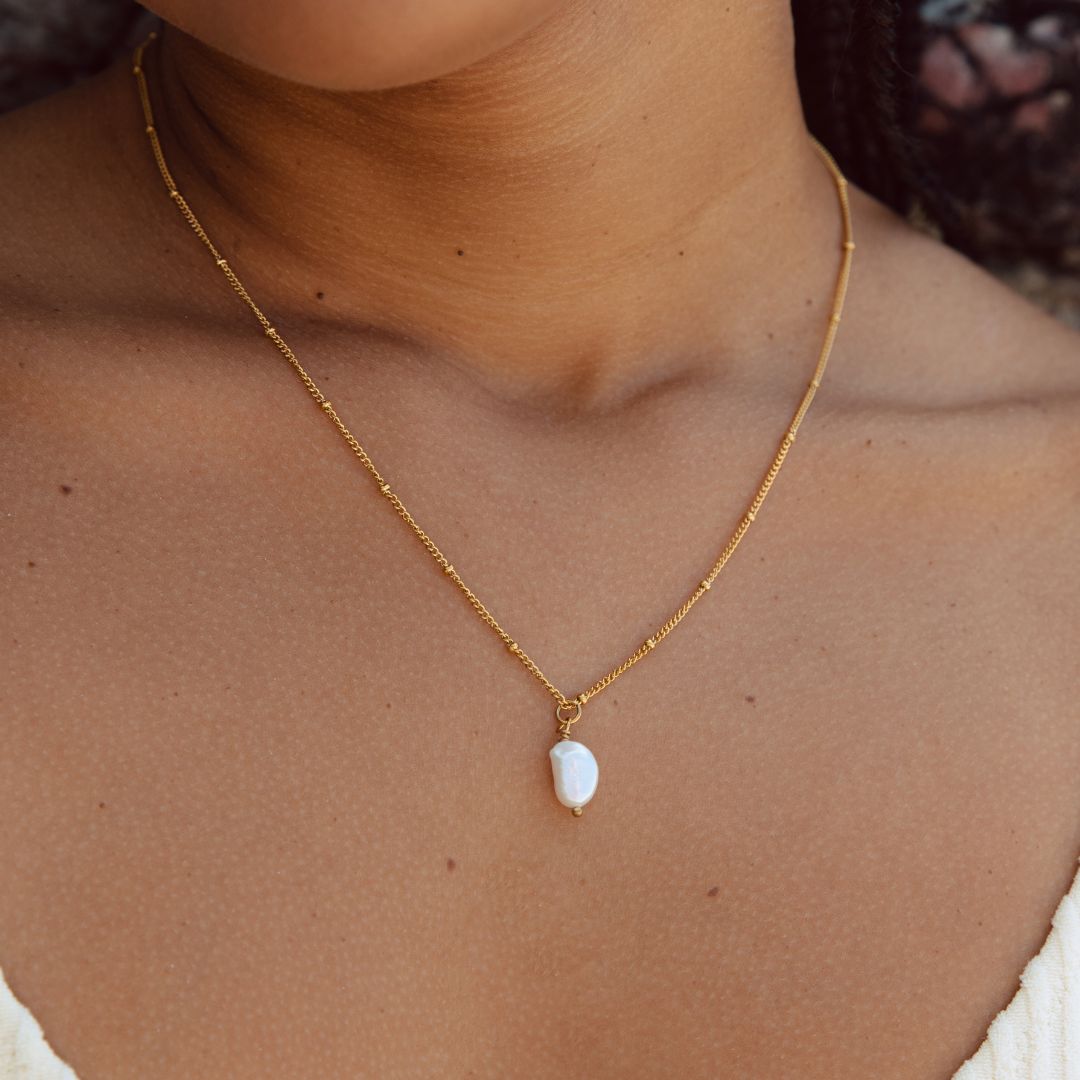

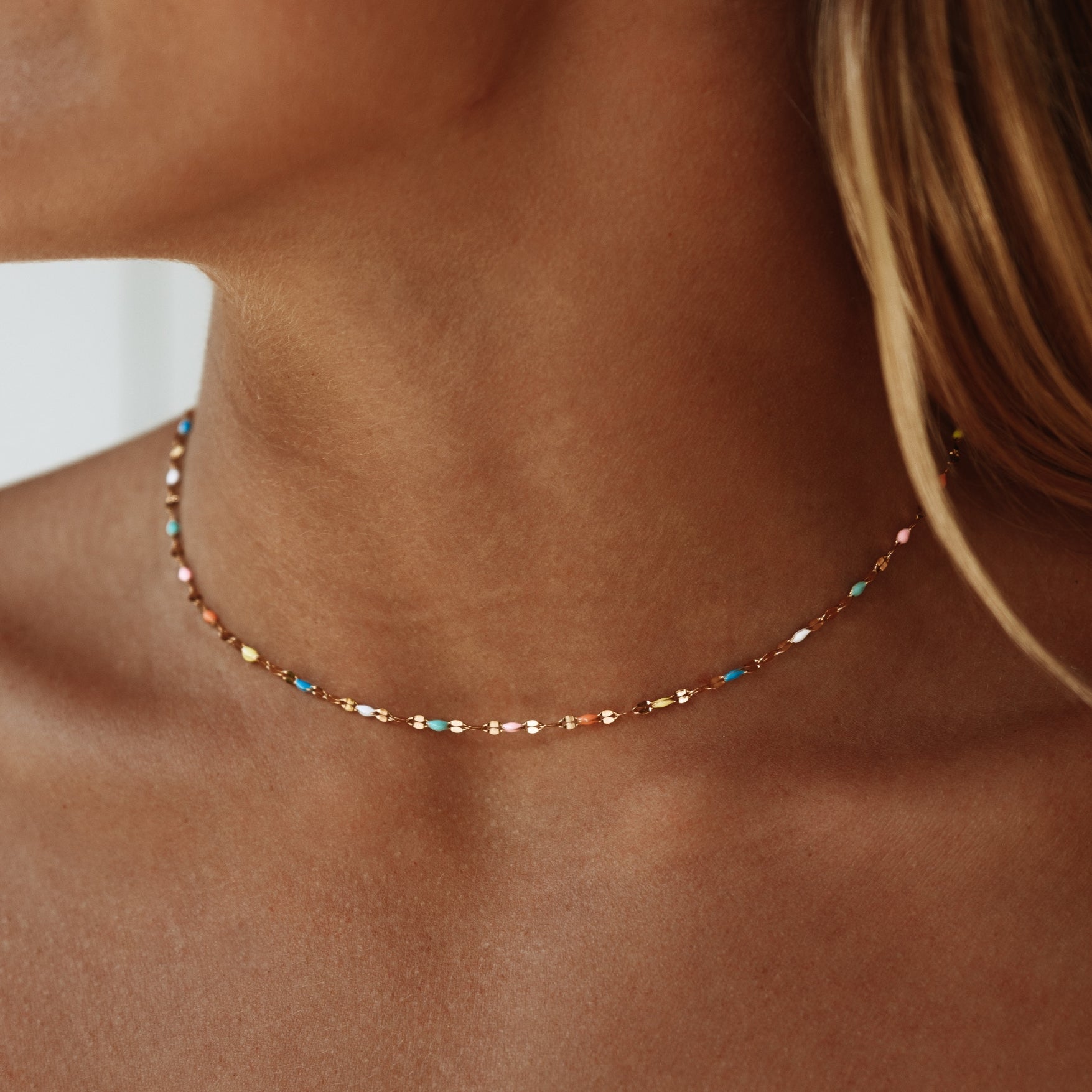


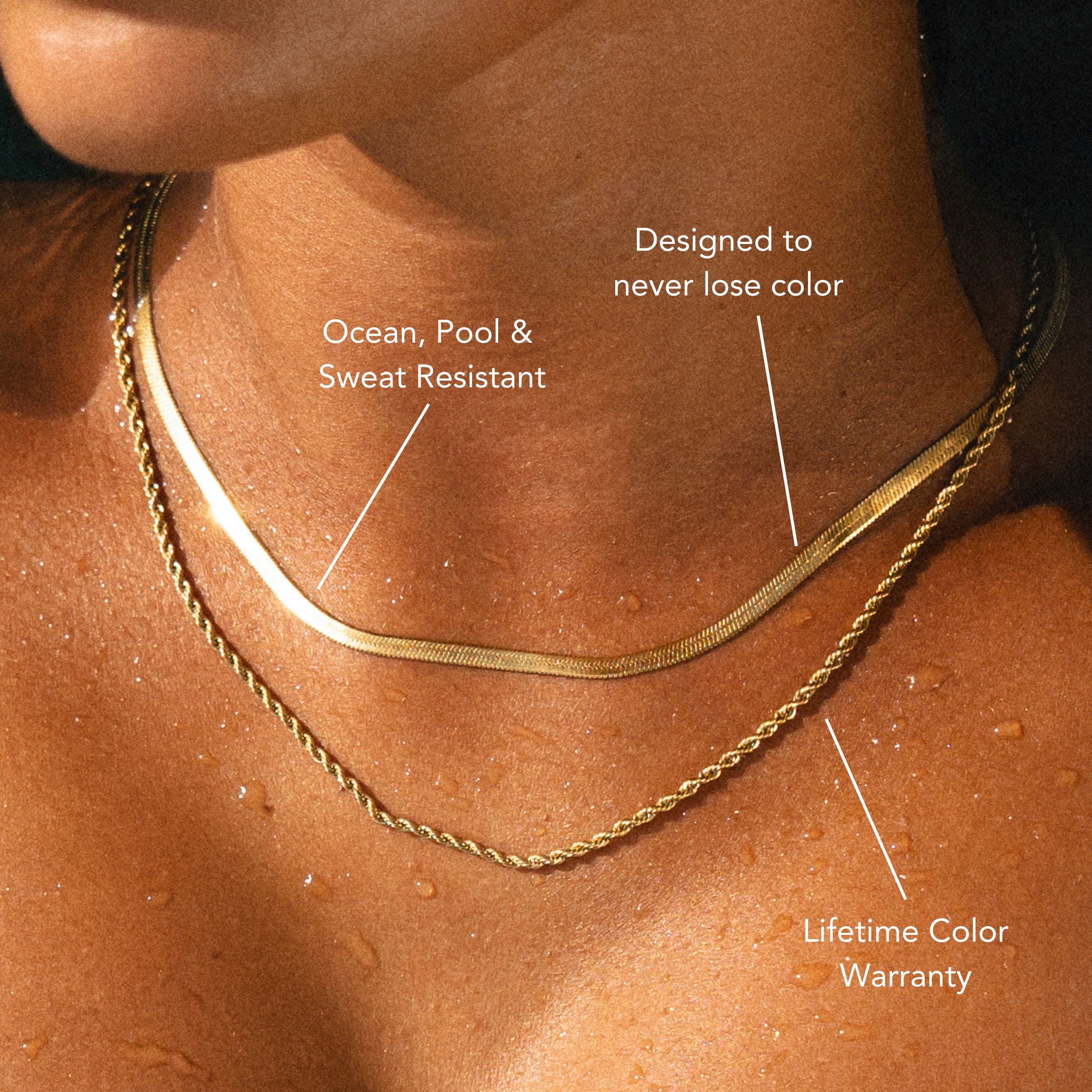
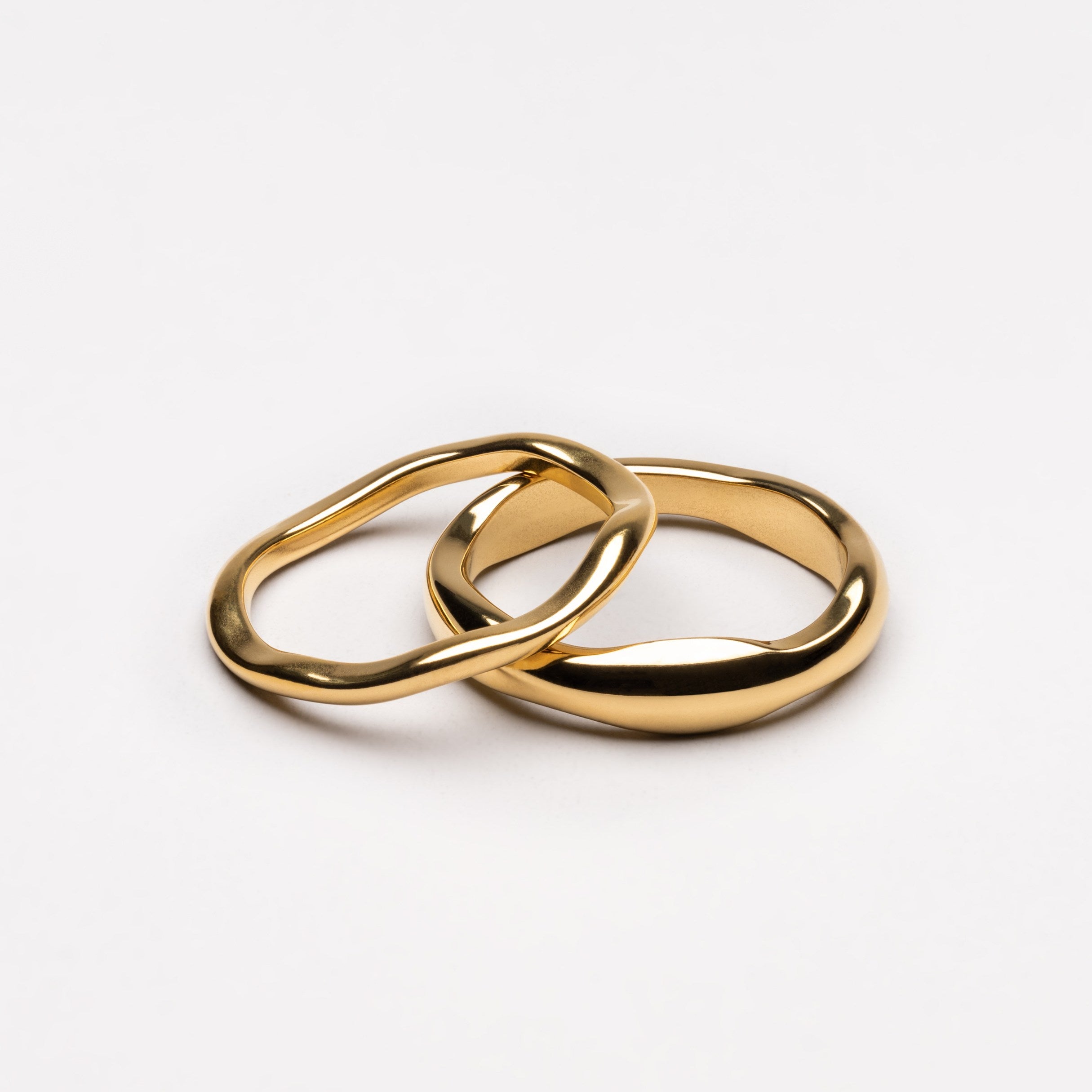
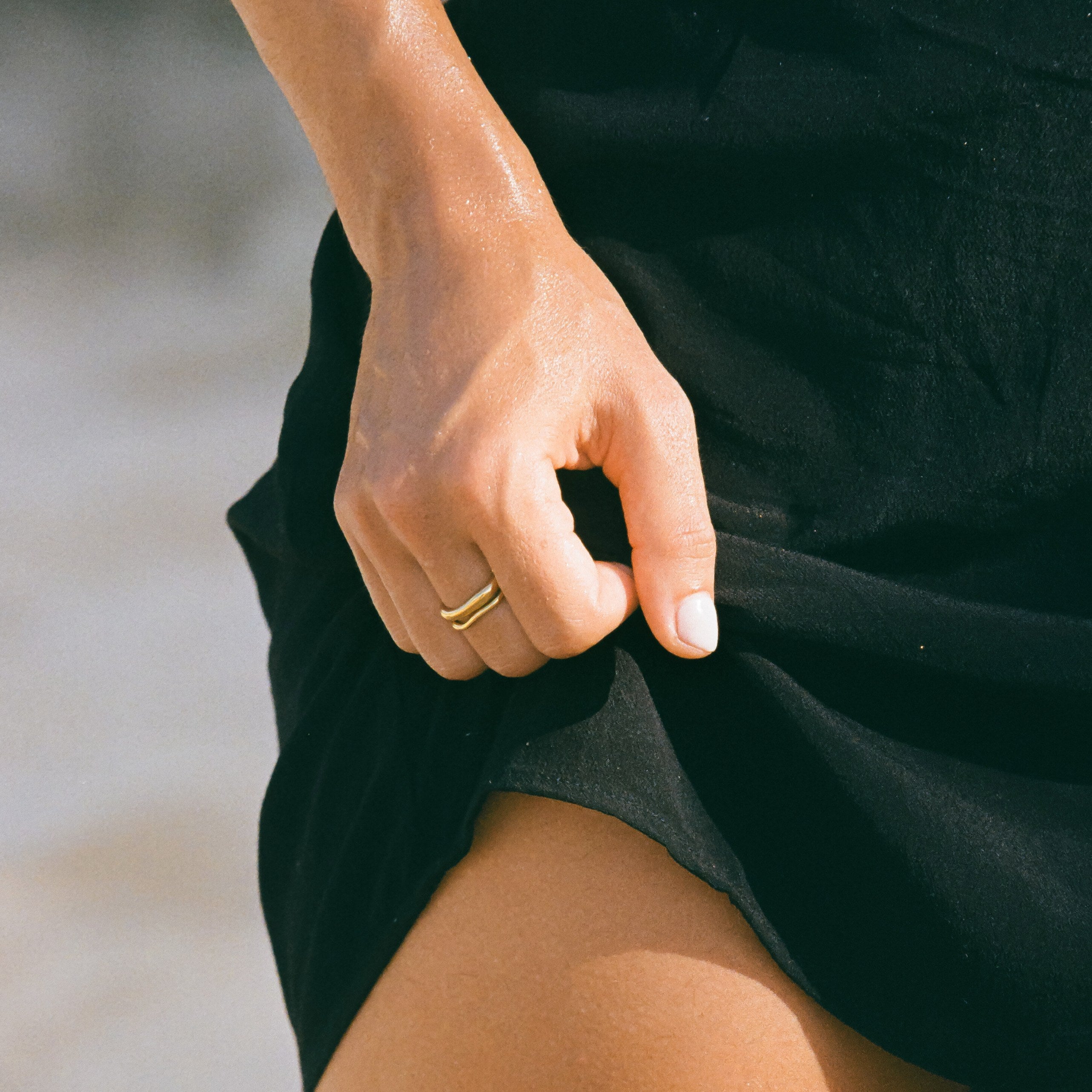

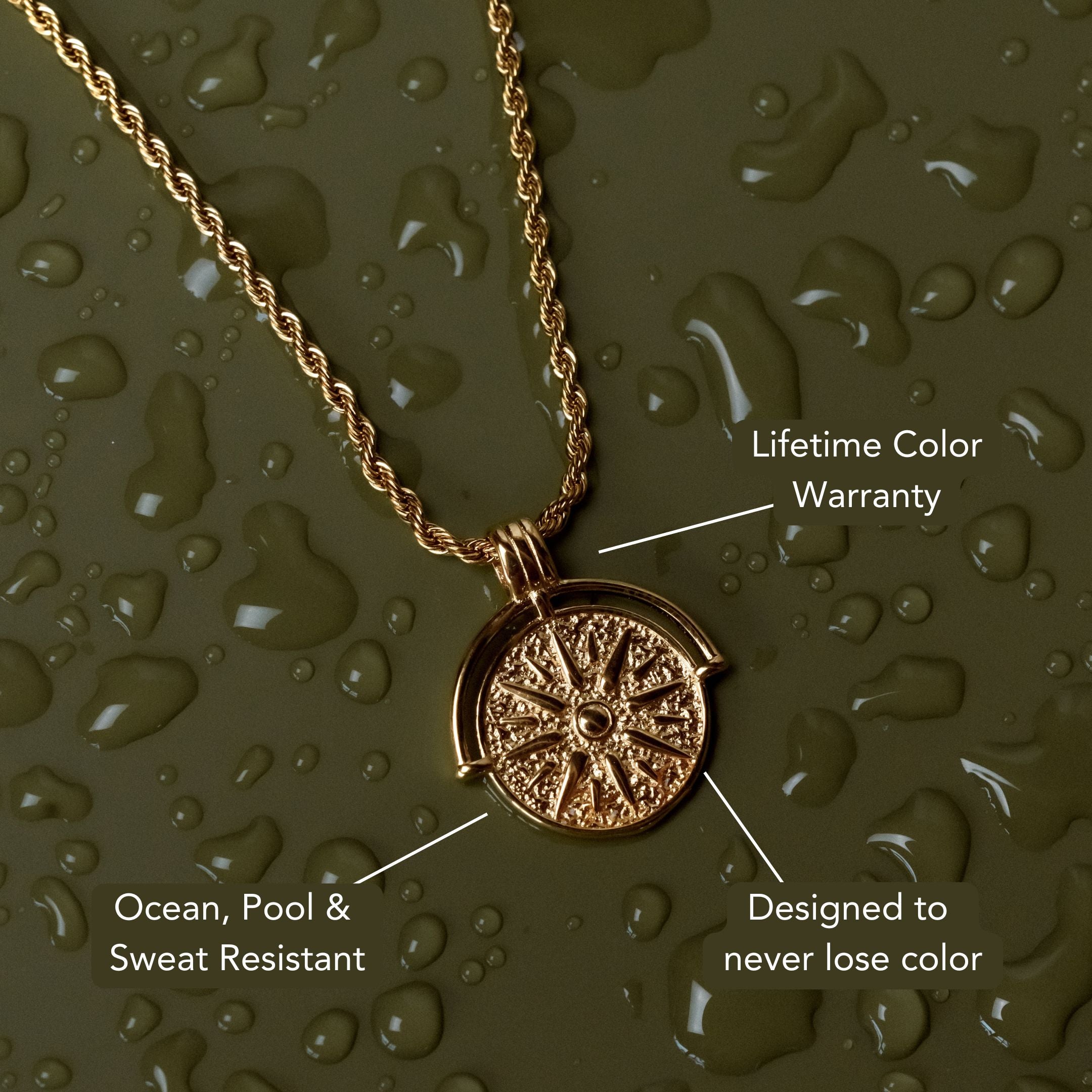

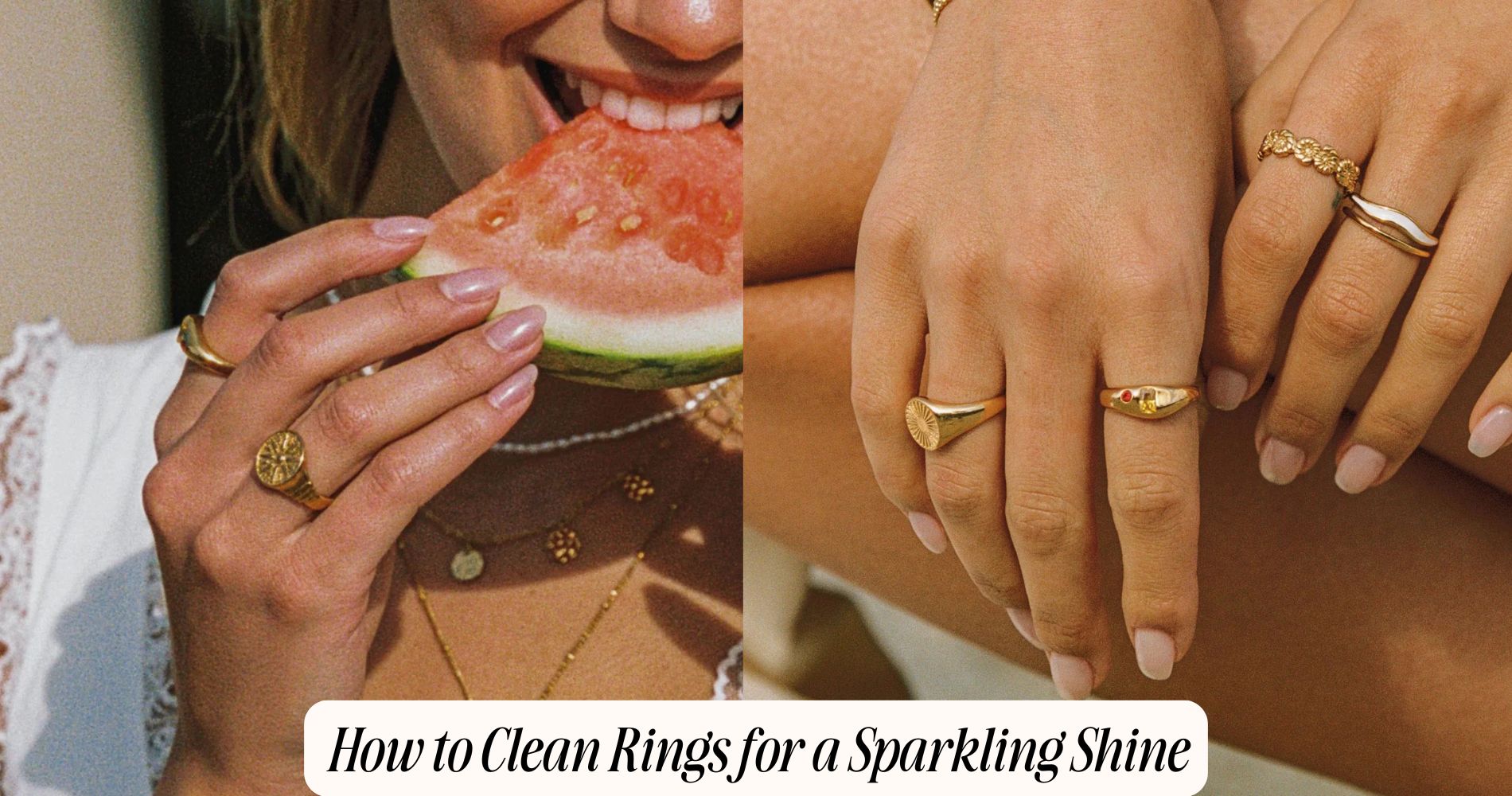



Leave a comment
This site is protected by hCaptcha and the hCaptcha Privacy Policy and Terms of Service apply.